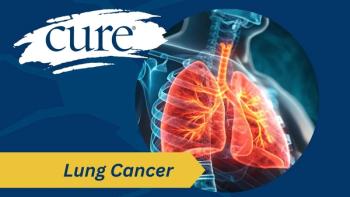
Living and dying on her own terms
On Easter Sunday, The New York Times ran a story about a palliative care physician in New York City who died of breast cancer. More than just another "she fought to live" story, the life of Dr. Desiree Pardi presented a vivid picture of the complicated internal conflict of cancer patients. The story spotlighted both the individuality of each person in the way he or she chooses to live and die, and the challenges of health care professionals in caring for such diversity of thought. What makes Dr. Pardi's story a study in dichotomy is that she chose to specialize in palliative care in part because of her own struggle with breast cancer after being diagnosed at age 31. She felt patients should accept the inevitable and the pain management that goes with it as they approached the end of their lives. Then she faced a recurrence of her cancer, and the inevitable became something she refused to accept. She wanted to know as little about her cancer as possible, asking that her husband be the one to get the information; she also chose the most aggressive treatment in every case, hoping to find the magic bullet that would extend her life. The result was a life that ended in uncontrolled pain and unresolved issues. Her husband didn't get to say goodbye.But what I have found most interesting about this piece is the number of comments it has garnered in less than a day--more than 450 the last time I looked. Some people lauded her for taking her life into her own hands and ending it on her own terms. Others lamented that she didn't use the gifts of her palliative care training. Still others looked at her wealth and the ability to pay out of pocket for expensive treatment that may have worked.It's a story where no one is right or wrong, and nothing is black or white--just like life and death.




